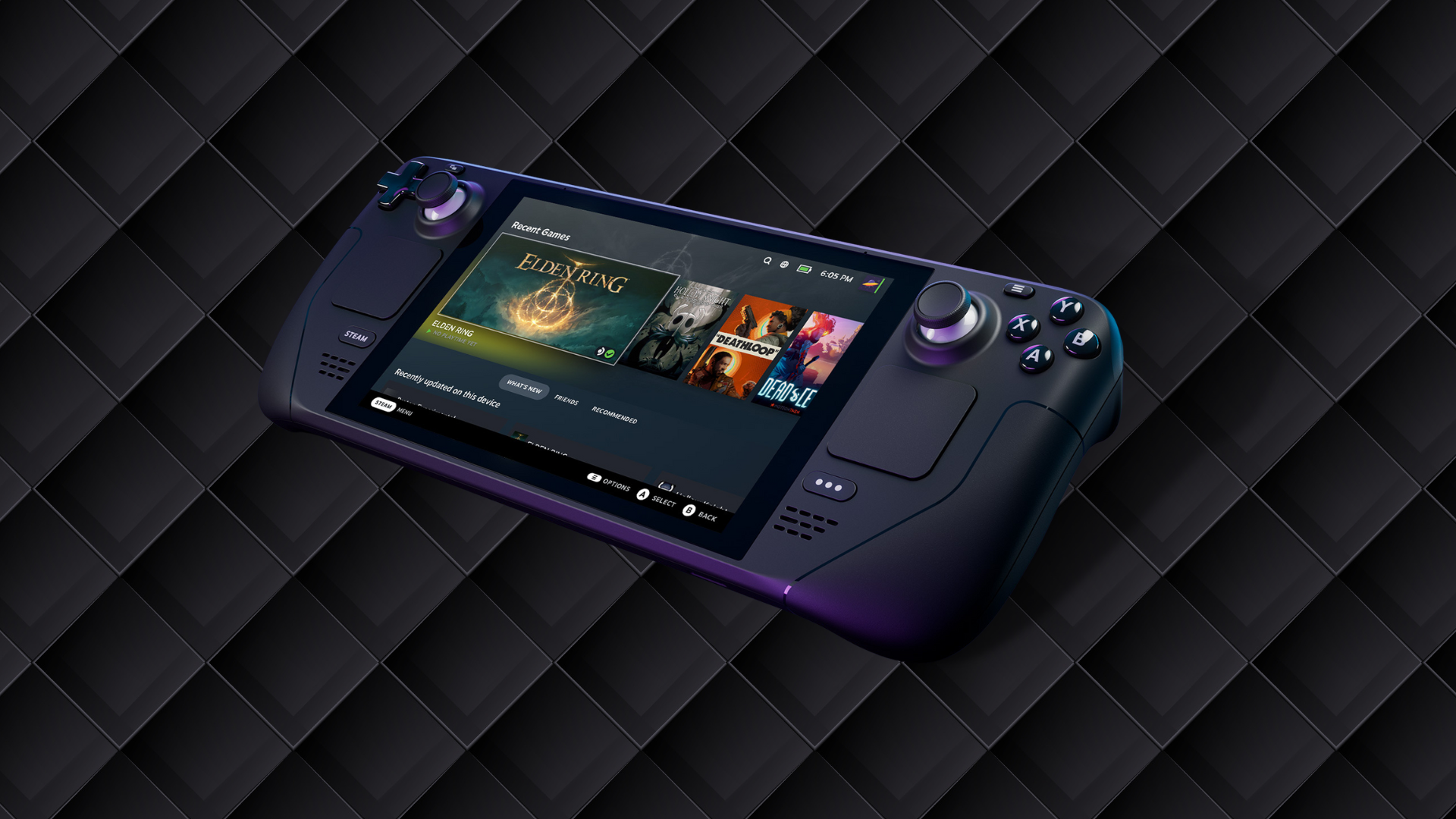Meta Quest Pro Review: The Future or Just Hype?
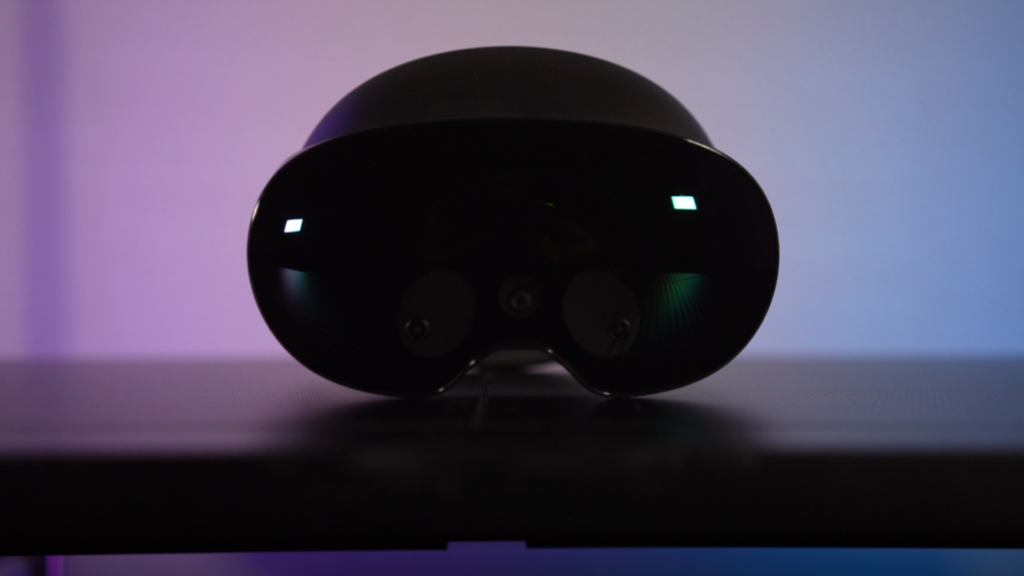
Virtual reality is a popular tool, and while it’s most popular for gaming, VR manufacturers are starting to get into other areas. Some headsets, like today’s subject, are even focused primarily on professional use rather than recreational.
The Meta Quest Pro is the latest device in the Meta line of headsets, preceded by the Meta Quest 2. Despite being in this same line, however, most Quest 2 owners are not going to get much value out of upgrading due to differing priorities. But how does the Pro stack up as a business tool?
The price
Let’s get this out of the way: The Pro is by no means a cheap headset. In fact, it’s one of the most expensive on the market, coming in at a staggering $1,499.99 MSRP. Even accounting for the Quest 2’s price increase from $299.99 to $399.99, an approximate $1,100 difference is nothing to shake a stick at.
However, even when stacked up against a similarly business-focused headset, the Pico 4 Enterprise, it’s still approximately $600 higher. But what makes them price the unit so high?
Technology
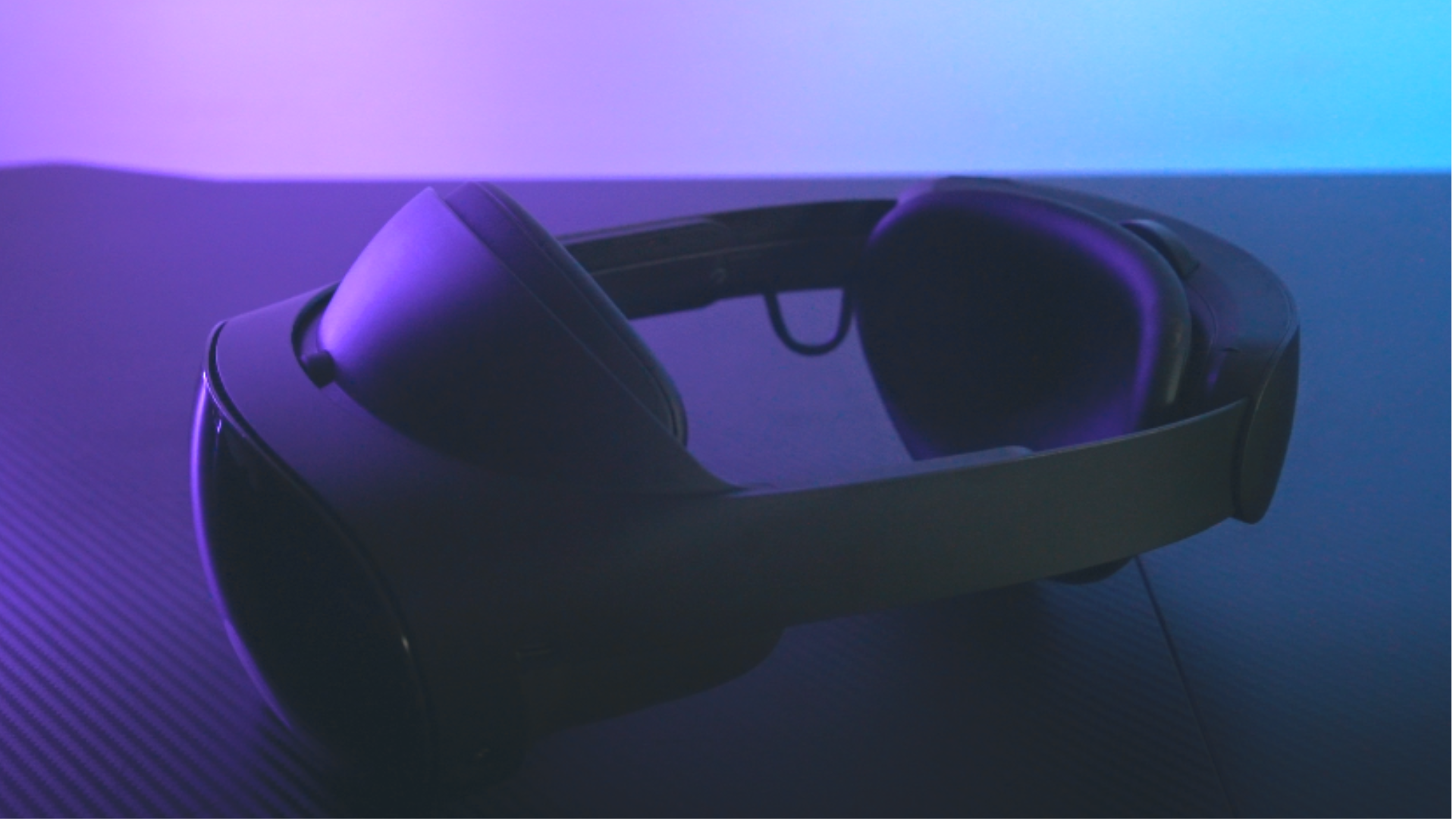
The Pro is a technical powerhouse, and a definite step up from Quest 2 in a variety of ways. Much like the Quest 2, the Pro is its own device, not requiring the use of anything more to function (such as a television, game console, or computer).
This makes the device a lot more convenient, as you not only don’t have to worry about being physically attached to a device, but you also don’t have to worry about a wireless connection either.
| Display | LCD |
| Resolution | 1800×1920 per eye |
| Refresh rate | 90hz |
| Field of view | 105 degrees |
| Camera(s) | Five |
| Tracking | Inside out |
| Audio | Microphone, headphone jack, and integrated audio |
| Processor | Qualcomm Snapdragon XR2+ |
| RAM | 12GB |
| Storage | 256GB |
| Weight | 720g (1.5 lb) |
The Pro’s resolution is quite good, which does an amazing job of contributing to its quality display. While the Pro does have some issues with the very edges of the display, it tends to do a pretty good job at presenting a high-quality view of what you’re focusing on.
The processor is also solid, with Meta touting it as a 50 percent increase over the Quest 2’s Qualcomm Snapdragon XR2 processor. Granted, most apps won’t take advantage of that, but it does increase the power ceiling.
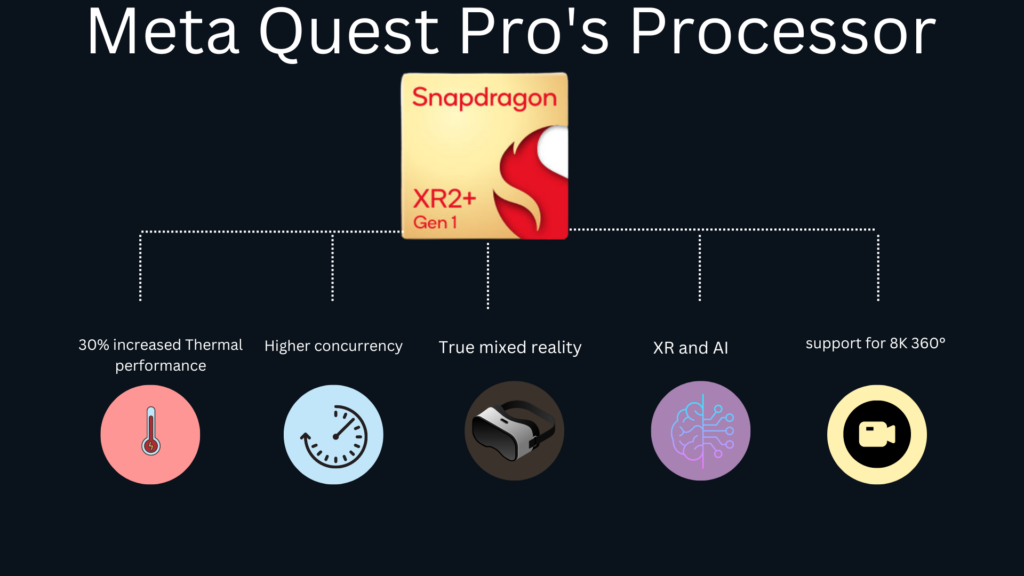
Additionally, because it has a reported improvement of 30 percent in its thermal performance, you’ll be able to use it comfortably for longer.
A thing that I don’t love about virtual reality, in general, is needing to draw a parameter on which you can safely operate. It’s not the word solution, but I don’t have the most space, so I tend to be a little limited in terms of what I can do.
Thankfully, the Pro does better with this, as it is able to detect walls and floors. It’s not perfect, but it’s surprisingly good at it. It will also detect furniture to a degree, though be sure to keep your space clear, as it may struggle if there are a lot of obstacles to navigate.
The big selling point behind the Pro technology-wise, however, is its face and eye tracking. The idea behind these technologies is their ability to take your facial expressions and map them onto an avatar.
This tracking data can be used by developers in apps made for the Pro, and the data is deleted after it has been processed. However, both of these features have to be activated by the user before they can be used.
Once I actually gave these tracking technologies a spin, I gotta say, it seemed to do a pretty good job. I could tell where it thought my eyes were looking, and for the most part, it seemed to handle it spot on.
It overall does a pretty good job with expressions thanks to these technologies. As far as mixed reality goes, the Pro is honestly really impressive, though there is some jank to it, particularly with my hands, since they’re being tracked. As I move my hands, it also affects the environment a bit, but it’s not a big deal.
One nice advancement of the Pro is its lenses. Where the Quest 2 had Fresnel lenses, the Pro has pancake lenses. The difference between these two is that there is less of a risk of chromatic aberration.
This effect causes colors to become faded or blurred around an object, which can cause people to experience headaches. However, because the new headset has 37% more pixels per inch and 10% more pixels per degree, the field of view is ultimately superior.
The optics in general are also pretty great. For example, it’s solid for watching high-quality 360-degree videos, able to play them at 8K and at 60 frames per second.
What is its function?

As mentioned, the point of the Pro is to be used in a professional context. Corporations and other organizations, in theory, will utilize the device for use in a professional setting by having employees do their work in a virtual landscape.
These virtual landscapes manifest in one of two forms: either the Metaverse, a fully digital world, or a mixed reality world that mixes digital objects and a view of the real world using full-color passthrough. These digital objects may include a variety of useful things, such as whiteboards. This can be done through an app called Horizon Workrooms.
To help keep you immersed in the virtual space, the headset also includes a light blocker. This is not so important when you’re doing mixed reality stuff, since obviously you’re meant to have the real world seep in.
However, it can be quite annoying when you’re trying to get fully immersed in VR. All you need to do is attach them to the two sides on the inside of the headset by magnets. It’s not perfect, as there are still gaps, but it’s better than not having one at all.
Despite the primary focus of the Pro, that shouldn’t be taken to mean that there’s nothing here for gamers to appreciate. After all, you can still enjoy all the games you own for Quest 2 on the Pro, so there’s that at least.
Still, it can’t be denied that the gaming focus is a little lackluster, considering how hard they focused on the productivity angle rather than gaming. I guess I would say, if money is no object, then you might prefer to go with the Pro over the Quest 2 for your gaming needs.
What I think holds the Pro back as a business application is the fact that a lot of people will never be able to reasonably participate in VR spaces.
There are people who simply cannot do virtual reality due to bad reactions to the experience, such as headaches or nausea. I personally don’t have it too bad, though under certain circumstances, I can get a little dizzy and need to take a break.
Another issue is that the function works better on paper than in practice, at least as far as the Pro is concerned.
Even disregarding the inherent limitations of VR technology, I just don’t think that Meta has done enough to sell it itself.
With that, I think that Meta would have to do a lot to prove to businesses that there is a good value proposition to be had. Even with the technology to map facial expressions, it just doesn’t come close to replicating an actual real-life experience.
Even if you compare it to remote meetings, I can’t imagine that people would choose a virtual meeting where they can’t see what their co-workers actually look like. I suppose though, if you don’t want to be seen, this is a good way to do it while being expressive.
One of the annoying things that I think will need to eventually be tweaked is how cumbersome doing certain things is in a virtual meeting. It’d be one thing if you could do everything you needed to do seamlessly on your headset, but unfortunately, you just can’t.
You may find yourself having to juggle multiple devices in addition to your headset to accomplish things that would be far simpler to accomplish if you just used a more traditional method of setup. It feels like the way it’s designed, rather than seeking to make meetings easier, is seeking to make it the way to do meetings. It might get better, but ask yourself this: do you envision virtual reality meetings being as useful as remote meetings?
App selection
As discussed earlier, the Pro is capable of running the same software as the Quest 2, but how much is there in the way of exclusive apps?
Sadly, the fact is, the app selection is rather poor. Not only are there only very few apps made exclusively for the Pro, but it doesn’t really have any apps that scream “you have to get this.” When I was originally thinking of buying the Quest, Beat Saber was a huge draw for me, and I wasn’t disappointed. Once I actually got it, I got other great games, including Room, SUPERHOT, and Moss, which kept justifying my purchase.
Now, to be entirely fair, I assume we”ll eventually see some game or app that justifies owning a Pro. Despite that, I imagine that designers will focus on making games for Meta’s gaming-focused headsets. I also really wish, though, that the app selection was a little better in certain areas. For example, it’d be nice to be able to use messaging apps besides Facebook Messenger.
The weight
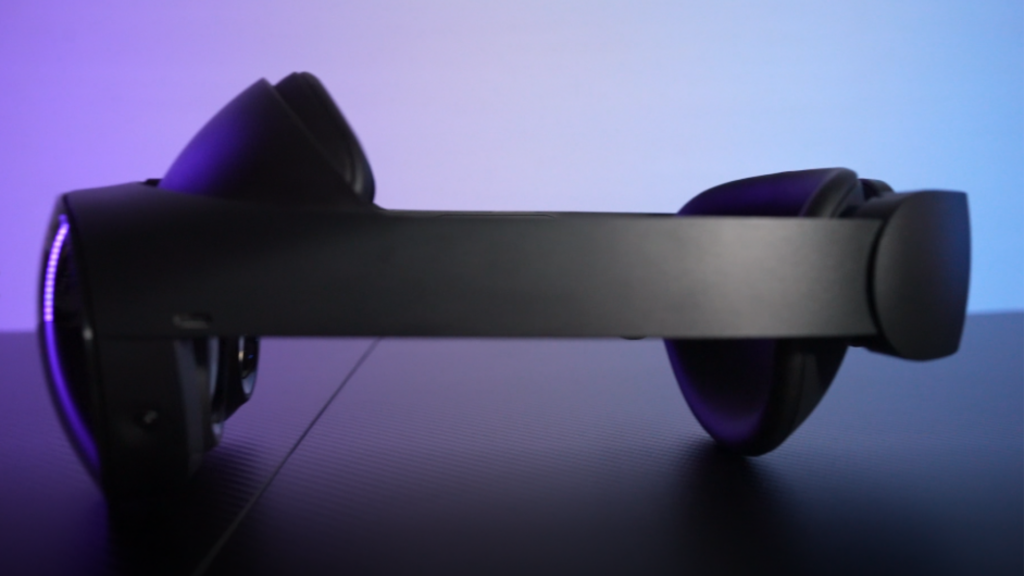
The Pro weighs 720g, or 1.5 pounds, which is a noticeable increase compared to the Quest 2, which weighs 503g. Despite this increase in weight, I found that the headset was noticeably more comfortable to wear than the Quest 2.
The reason why this is the case is because the weight is better distributed due to where it’s placed. The Quest 2 had its battery in the front of the headset, which caused the headset to weigh too much in the front. It may still be uncomfortable for some regardless, but it’s a nice improvement. Where the weight becomes most noticeable is when you’re using the headset for an extended period of time.
Another issue of comfort is how well it fits and feels on my head and face. While there are inevitably going to be people who don’t find it too comfortable, I personally find it a better fit than the Quest 2 and other non-Meta headsets.
The Metaverse

Honestly, there’s so much hype behind the Metaverse – at least by Meta, anyway – but I’m not so convinced. I’ve been wrong before, of course, but I don’t see a valuable product here. The technology just isn’t there!
Meta had to resort to faking a demonstration of full-body VR modeling for their shareholders, only for people to realize that it was just motion capture. Thus, as of the writing of this video, Metaverse still can’t model feet and legs.
That might not be the biggest issue, but for me, it stands out just how more advanced VRChat is compared to Metaverse. VRChat has been capable of making full-body VR models for quite a while. In fact, a lot of what VRChat is doing seems to be putting it ahead, which begs the question: is there any point to using Metaverse?
Honestly, I think the only “advantage” Metaverse really has is financial potential and a veneer of professionalism. For my money, those two things don’t really do it for me.
I think one of the biggest issues that Metaverse has is just how negative a response certain adjacent industries have been met with. For example, while NFTs – non-fungible tokens – had a lot of buzz early on, the industry bottomed out, and it became a joke to a lot of people.
While a lot of the criticism of NFTs was the fact that it was environmentally taxing to make these, they got a fair amount of criticism due to the perceived lack of value. You don’t have anything physical to show for it, so it really boiled down to being just like stock trading.
With the Metaverse, it has similar vibes to me, where it tries to replicate or replace something we already have without giving anything of value. Basically, it’s digital real estate, allowing people to purchase “land” and set up shop there.
This “land” can be used for a variety of things, including setting up a storefront. This space is limited in that virtual world, meaning that one has to pay a premium to get a lot in there. Buying land in a lot of Metaverse spaces requires the use of cryptocurrencies, so if you intend to buy any, keep that in mind. There are multiple virtual spaces, however, so it’s theoretically infinite, but for most, the Metaverse is a place to visit and peruse, not to live in.
Despite the benefactors of the Metaverse appearing to be companies, there are some theoretical benefits to be had, especially for people with disabilities. For example, if someone wanted to be able to experience a museum setting to enjoy artwork but physically cannot, they could explore a digital art museum. This, of course, applies to able-bodied people as well. However, while I do appreciate that application, I feel like it’s such a limited edge case, and it can be done in something like VRChat, that it doesn’t do enough to justify itself.
Another problem I have with the Metaverse is that, quite frankly, the avatars look very bad. They remind me of the avatars used on the Xbox 360, but even those had their charm. I’m sorry, but they had to have known just how off-putting these were. The fact that they’re going with the Metaverse at this stage feels like they’re trying to get it out before it’s ready to go.
The controllers

If there was one thing I really liked about the Pro, it’s the controllers. Each controller contains a Qualcomm Snapdragon 662 processor, which is no slouch. They’re definitely a step up from the Quest 2’s controllers, with the best thing about them being that they get rid of deadzone tracking, as well as improve tracking overall.
The controllers get rid of the tracking ring that has been common for many VR controllers, and instead, they use a trio of cameras for tracking purposes. The use of these cameras instead of the tracking rings allows the controllers to be tracked even when the outer headset cameras have no sight of them. This means that you don’t have to worry about whether something obstructs the line of sight like you normally would. This is good for designers, as they no longer have to design around this unfortunate limitation. Another benefit of this new tracking method is that the controllers are able to be brought closer together without interference.
The controller inputs are also a step up, allowing for more complex inputs from the player. This is done through Meta’s TruTouch Haptics system, which adds a total of three haptic units instead of one per controller. The first is tied to the trigger, the second to the thumb rest, and the third in the grip. The buttons are able to detect certain things, such as a finger sliding over the trigger, how bent your finger may be on the shutter button, and more.
Since most people who invest in a Pro will be doing virtual meetings, Meta made it so that the controllers can actually have the wrist straps swapped out for rubber tips. This allows the controllers to be used as a writing tool in virtual reality. This writing function works decently, and it’s able to detect varying pressures.
The weight of the controllers will be appealing or unappealing depending on the person using them. Where one person may enjoy the meaty feel of these controllers, another might find that the weight prevents them from using them as fluidly. The controllers weigh 164g (approximately 0.36 pounds).
You also no longer have to worry about running out of AA batteries when the controllers die, since each controller uses a rechargeable battery. You can either charge them using the included charging station or a charging cable. Meta states that the battery can last up to eight hours, with reports going as low as four hours. One can only assume that the controllers’ battery life may be influenced based on what it’s doing. Because the controllers are more powerful, the battery is considerably worse, with the battery length for the Quest 2’s controllers lasting for months. Still, being able to charge them quickly and easily.
One nice thing about the Pro’s controllers is that they are not only usable on the Pro. Thus, if you also own a Quest 2, you can enjoy the benefits of these controllers on both headsets. If the controllers end up being the only interesting thing about the Pro for you, you can purchase them separately for $300. That’s not cheap by any means, but no need to pay the extra $1200 if that’s all you care about.
Audio quality
There are multiple ways you can experience the audio from the device. The first is via its built-in speakers, which offer special audio of decent quality. The bass is also good, though it could be better. You can also use an external device, like earbuds, through the 3.5mm headphone jack.
Battery length
This is one fact about the Pro that is difficult to nail down, though the most common range usually comes out at 1-2 hours of battery length. However, while two hours is the standard ceiling for battery length, it can actually be extended under certain circumstances. For example, if you disable face and eye tracking, the battery life will be noticeably better. You can safely get away without using these features when you’re working alone, since no one is there to actually see your avatar.
It’s understandable that, with so much power under the hood, the headset wouldn’t have a solid battery life. However, for a professional product that you may want to walk around while using, you might find the battery running out of juice all too often. When you need to recharge the headset, you can place it on the provided charging dock or you can simply use the provided USB-C charging cord instead.
Security
Anyone who knows a lot about the history of Meta (including when it was once known as Facebook) knows that there have been a fair share of controversies surrounding it. However, perhaps the biggest controversy had to do with privacy issues. Facebook had a serious controversy about using users’ data in a way that users had not consented to, which has colored people’s perceptions of Meta’s willingness to protect users’ privacy.
One thing that gives me pause about the Pro and its controllers is the use of cameras. In total, the Pro and its controllers have 16 cameras, and while Meta states that the data gathered is not saved, I don’t think it’s unreasonable for you to be skeptical about Meta’s handling of your data. Facebook has already put a lot of stock into accumulating data from people’s videos and photos, and Meta is undoubtedly going to be interested in the data they can glean from your eye and face motions. It’s not some unique thing with Meta either, as other major companies are attempting to harvest data. However, it’s a concern I account for when using any products made by these companies.
Future Meta gaming headsets
As has already been confirmed, there is more in the Meta Quest line of headsets. It is slated for 2023, and was said to be meant for consumers. It makes sense that they would be priming for this. After all, the market for the Pro is too niche, and definitely not the same as the market that bought the Quest 2. However, what I’m curious about is how powerful Quest 3 will be. Since it will be a consumer-grade headset, I can’t imagine that it will be as expensive as the Pro, which means it will be less technically capable as well. But that’s just me speculating, as they may try to go for a very expensive gaming headset as well.
Overall
| Pros | Cons |
| The new controllers are the best Meta controllers so far | The price is way too high for what little it has to offer |
| Doesn’t require being connected to another device to use | The Metaverse is limited, and I’m skeptical it’ll be a hit |
| The headset is peak power for virtual reality | Battery life is very limited |
| Valid privacy concerns due to Meta’s history and face tracking |
There’s a lot of stuff I find interesting about the Meta Quest Pro, but unfortunately, there are a lot of drawbacks still. Besides how expensive it is, perhaps the biggest issue is the lack of quality software. The Metaverse has a long way to go, and it’s debatable whether it will make it there. And even if it does, will there be an actual audience to appreciate it?
On the other hand, it’s not like I think the headset is bad by any means. If you enjoyed what the Quest 2 has to offer, then the Quest Pro has that and more. It’s more technologically capable, and in theory, it may get some must-own games or consumer-focused apps. However, the fact that it’s so expensive and is marketed towards business purposes before consumer purposes may cause game and app designers to just stick to the Quest 2 or wait to see what the Quest 3 will be like.
The only people who I could honestly recommend buying the Pro are developers, as even with corporations, I’m not sure the value proposition exists yet. But hey, maybe through new software and updates, it will come into its own. With more time with it, it could also make me feel a little warmer to it, its features, and its future.



